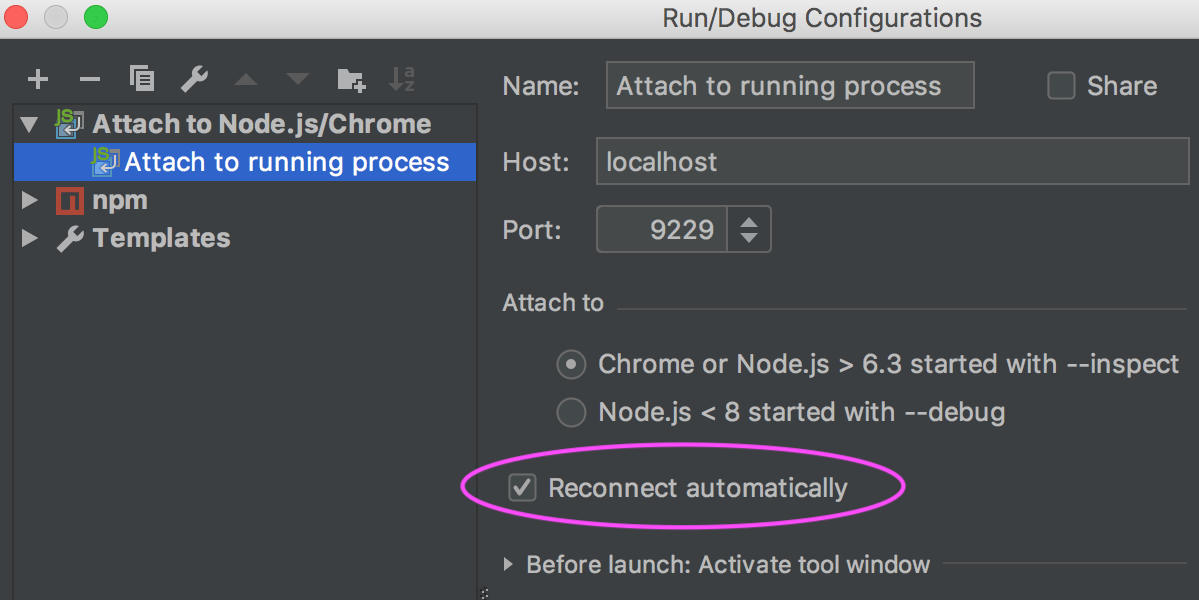

They are quite beautiful converted to colored squares or circles (or in this case wedges) and can be used for many purposes in combinatorics, etc. I think for most uses, though, 32 will be plenty.īinary numbers are surprisingly useful. but 800 crashes) local node for k1 to count do in node (node box name:(k as string)). But if you need more just copy paste that chain to double its length: Voila! 64 digits (or as many as you need). here is a sample where my method without recursion works well. That's why there's a limit of 32 digits: my chain is 32 nodes long. I got around this by constructing a chain of identical subnetworks that feed into each other, one for each possible digit required. graphics examples back to merge sort Ch 11: Recursion (Skip tuples). Dec_to_bin functions entirely within Nodebox - no batteries required.Ĭonverting to binary is surprisingly hard to do in Nodebox because it basically requires recursion - which Nodebox does not do.

Nodebox recursion code#
I already have a general purpose base converting node in my Cartan Node Library (convert_base), but it requires an external code library. Dec_to_bin turns a base 10 number into a binary number (up to 32 binary digits). I actually made it to demo my latest node: dec_to_bin. I still have one hanging in my living room. Years ago I used to sell this design as a working analog clock. Feedback appreciated.Attached is a quick, simple binary clock face. Defined as such, recursion allows the generation of hierarchies of infinite depth using finite elements. An empirically useful definition of recursion is the ability to represent hierarchical self-similarity. I've wanted to make a node like this for years. Recursion can be defined at different levels process, structure and representation and these levels can be dissociated.

If a shape is not adjacent at any point to its nearest neighbor it has no way of determining how far to slide, so will just stay put (but will still move with the rest of the list). if you use it to stack widely scattered shapes there may be some unexpected results. Stack_tight works best with a consecutive list of shapes all roughly in a line (like characters in a sentence). For most case you can keep resolution at 1 pixel (the finest setting), but if you have very large or numerous shapes you can speed the computations by making the resolution more coarse. The finer the resolution the more accurate the fit, but the longer the computation time. My method requires resampling each shape. Dodecagon Connections nodebox generative art GIF. I finally found a way of doing this that is reasonably fast even for large shapes or long sequences. The Moor turbulence recursion raven kwok particles generative art fractals force-directed graph finite. In order to do it I had to find key points along the north, east, south, or west sides of a shape and measure the distances to similar points on each adjoining shape. This makes it unsuitable for general purpose kerning or for pressing convex shapes snugly into concave shapes.įitting shapes together like jigsaw puzzle pieces is one of those things that is effortless for people but hard for computers. This example demonstrates a simple NodeBox script.
Nodebox recursion mac os x#
The stack node bases its adjustments on the boundary around each shape (the maximum width and height). NodeBox 1 is a Mac OS X application that lets you create 2D visuals.

Stack_tight works just like the Stack node, except that it can tuck shapes tightly together. Attached is a demo of my latest node: Stack_tight.


 0 kommentar(er)
0 kommentar(er)
